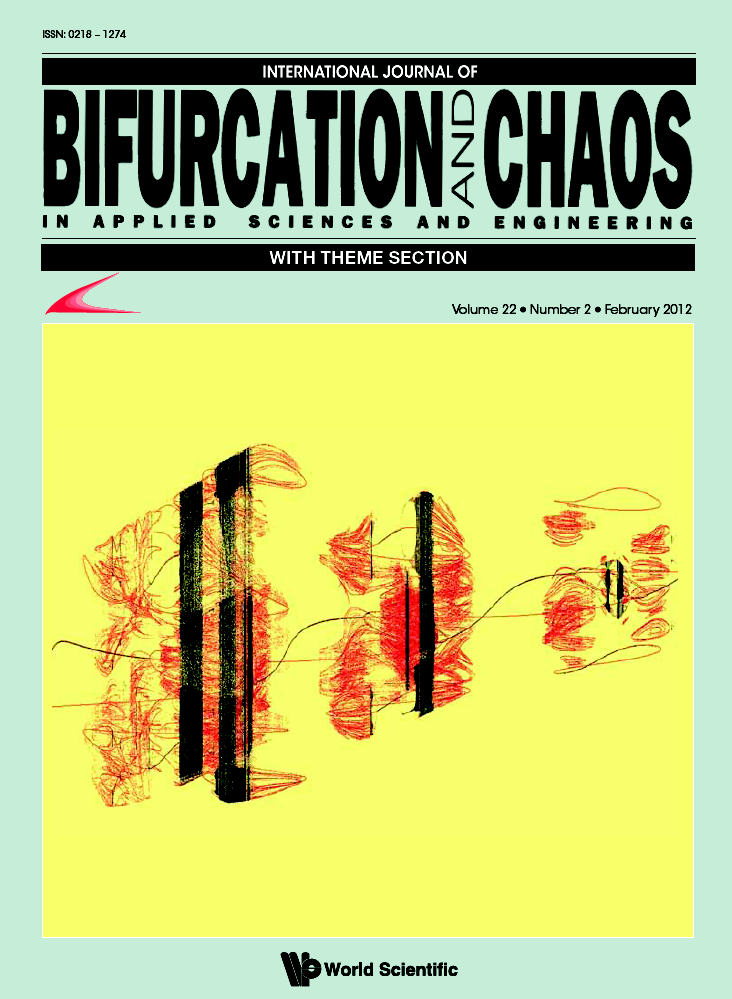Special issue on Complex Systems
International Journal of Bifurcation and Chaos,
Vol.22(2), February 2012

You can download the published
Editors:
M.A. AZIZ-ALAOUI,
LMAH, University of Le Havre, ISCN, FR-CNRS-3335,
aziz.alaoui@univ-lehavre.fr
Cyrille BERTELLE, LITIS, University of Le Havre, ISCN, cyrille.bertelle@univ-lehavre.fr
and
Xinzhi LIU, Department of Applied Mathematics, University of Waterloo, Waterloo, Ontario, Canada xzliu@uwaterloo.ca
This special issue has put together a unique collection of articles written by leading researchers and experts around the globe on recent advances in complex systems and applications in various fields of science and engineering. This special issue has a broad interest. It focuses not only on equation-based modeling of eco- or bio-systems analysis but also on the study of eco- or bio-complexity and global emergent properties and self-organization, which result from various interactions. While twenty years ago complex dynamics in such a wide variety of systems was somewhat a novelty to many of us, it has literally become an indispensable part of our toolkits today. Besides, applications of complex dynamics such as chaos and bifurcations have appeared in many areas of engineering, physics, natural and social sciences. The novelty of the new science of complexity is not so much a challenge to formalization of phenomena that each of these sciences of disciplines had found and revealed with its own techniques and with its specific language, but address original trans-disciplinary positioning that connects directly phenomena of different nature. We have to highlight for example, that transition scales characterizing complex systems are mainly independent of the nature of observed objects and systems. The science of complexity is no more a specific tool for a specific disciplinary but it transcends disciplines and is enriched by multidisciplinary. All these have led to a remarkable change in the way mathematicians, computer scientists, engineers and other scientists interact with dynamics in nonlinear systems. It is then necessary to establish dialogues between the model and the modeled object, between the modeler and the specialist of the phenomenon. It is a classic and indispensable step in any modeling activity. When it comes to understanding the complexity of phenomena, it is the transfer of scales between micro and macro, between particles and laws, between individuals and societies that needs to describe with meaning. Computer modeling can now go to scale complex simulations where thousands or millions of particles, neurons or individuals interact. As we understood, it is ultimately not the nature of objects that are sources of essential dynamics but their interaction. It must then abstracting these interaction systems, networks or dynamic graphs while allowing the theoretician (the informed observer of the specific system) manages to express his knowledge through the network or system interaction. The richness of multidisciplinary approaches through the science of complexity is the major aspect of our special issue contribution. We hope that this special issue will provide an important impetus to further promote and develop the cutting-edge research on complexity, chaos, bifurcation and stability in mathematical and computational modeling of ecological, biological and environmental systems and more generally interaction-based systems.